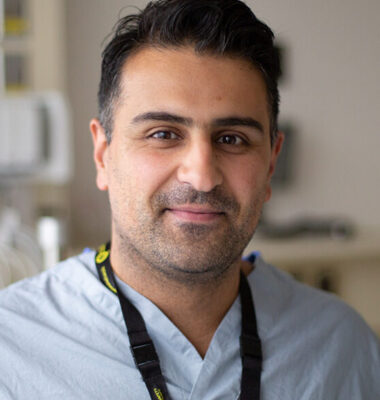Mypinder Sekhon
MD, PhD
Clinical Assistant Professor
Full Member
Dr. Mypinder Sekhon is an intensivist and clinician-scientist in the intensive care unit at Vancouver General Hospital. He is currently a clinical assistant professor in the Division of Critical Care Medicine and Department of Medicine at the University of British Columbia. He completed his medical school training, internal medicine residency and critical care medicine subspecialty fellowship at the University of British Columbia prior to completing a neurocritical care fellowship at Addenbrooke’s Hospital at the University of Cambridge, United Kingdom under the guidance of Professors David Menon and Arun Gupta. Subsequently, he completed is PhD in neurovascular sciences under Professor Philip Ainslie, a Canada Research Chair in cerebrovascular physiology. His clinical and research interests include multimodal neuromonitoring, cerebral autoregulation disturbance after brain injury and critical care management of severe acute brain injury patients.
Contact Info
Vancouver BC Canada V5Z1M9
Research Information
Our lab’s research program involves a cutting-edge multimodal assessment of cerebrovascular physiology of patients with acute brain injury, specifically hypoxic ischemic brain injury. Currently, our center (Vancouver General Hospital ICU) is the only site internationally which is studying acute ischemic brain pathophysiology using this novel, yet resource intensive approach. Traditionally, research into the pathophysiology of ischemic brain disease has been limited to assessment modalities which are only able to capture one data point temporally (neuroimaging based studies). Our approach uses invasive neuromonitoring to characterize the physiology of ischemic brain injury longitudinally with great granularity (continuous automated digital data collection from the neuromonitoring devices at 300Hz) and combine it with translational assessment techniques including biomarkers, neuroimaging and clinical outcomes provides a comprehensive approach to characterizing ischemic brain biology in humans. As such, our lab’s research program is the first of its kind to capture this data in humans to build the physiologic foundation to develop clinical interventional studies.
Publications
Keywords
- Hypoxic ischemic brain injury
- cerebral blood flow
- brain oxygenation
- traumatic brain injury
- multimodal neuromonitoring
